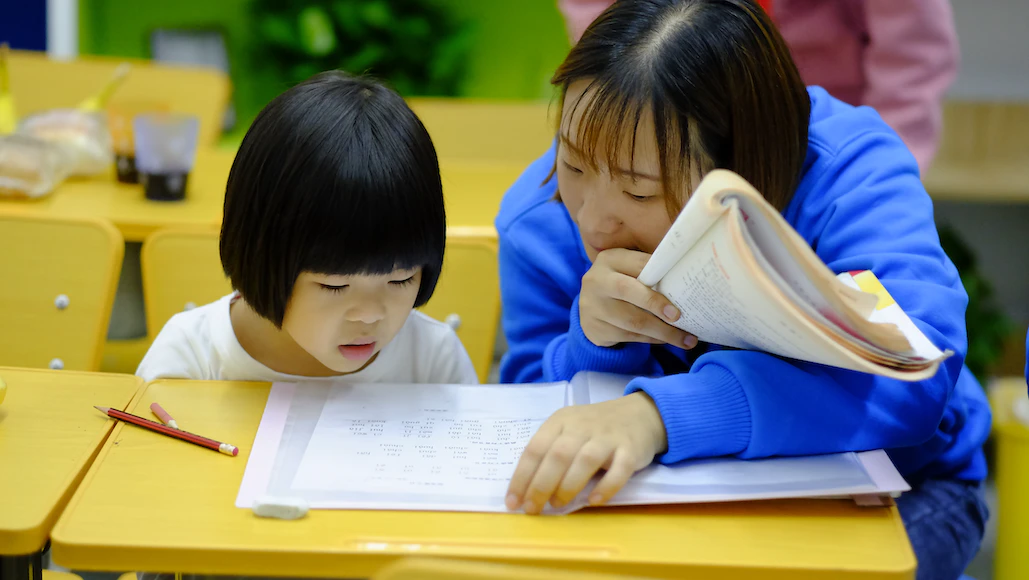How AI Education in China is Reducing Inequalities

Artificial Intelligence (AI) is reshaping the world and how it works. Machine learning offers new and more efficient solutions to the distribution and organization of services and resources. Specifically, AI is becoming a substitute for human decision-making in all fields from the justice system to sports.
China has started to apply AI to the education system, which has many potential benefits. China currently suffers from a large urban-rural divide that the strict household registration of Hukou has exaggerated. Hukou is a household registration system that has placed limitations on domestic migration in China. This makes it more difficult for those living in rural areas to migrate to the cities and obtain secure jobs.
As a result, China’s education level is surprisingly low for a country that is growing at such a vast rate. About 70% of the labor force in China does not have a high school education, falling far below the levels of countries with comparable incomes. AI provides opportunities for the entire Chinese population to receive an education. On top of this, AI education in China should allow for more specialized and accurate teaching schemes.
AI Education in China
An example of AI education in China is Squirrel AI. Squirrel AI specializes in “intelligent adaptive education.” The company is putting money into AI scientists so that they can invest more research into the field. Squirrel AI uses an algorithm so that students received 70% of teaching suggestions from AI and the other 30% from human teachers. This allows for an education tailored to the needs of each child whilst maintaining some human control to manage the machine learning process.
China has huge potential to implement schemes such as this due to its high development level in AI. The percentage of research papers from China working on AI development has risen from 4.2% in 1997 to 27.7% in 2017. China is now the leader in publications as well. On top of this, China is also the leader in patent applications concerning AI.
China’s other important advantage in AI research is that it is a one-nation state. This means that AI developers that the government backs have access to mass amounts of data compared to other nations. On top of this, it means that the implementation and regulation changes occur much more rapidly in China. This has helped enhance the production and development process of AI in China.
For example, China has utilized school-industry partnerships and school curriculums to bolster the understanding and implementation of AI in society.
Consequently, the growth of AI access, and efficacy in the education sector, has been sizable in China. For example, 248 schools from areas of low income received access to online lessons from a top-level high school. On top of this, AI education in China is also acting to shift the focus of the education system in China from the ‘assembly line’ approach of mass education to higher quality education for the masses. Instead of mass testing, AI programs will develop to meet the needs of each child’s abilities. On top of this, AI provides many benefits in its application as it is cheaper, and people can utilize it at any time and in any place.
Squirrel AI itself reflects this success, opening more than 1,800 learning centers in more than 300 cities. This shows the potential for the implementation of AI education in China.
Reduction in Urban-Rural Divide
This presents new hopes in reducing the 70% not graduating from high school in China. This could help to present new opportunities to the rural areas of China, and therefore, reduce inequality levels across the country. China needs to ensure that AI emerges in a way that does not act to further exacerbate these divides by promoting its accessibility to all. Other countries should be keenly watching the events that unfold in China’s near future, whether that be avoiding the mistakes China may make or adopting the AI and implementation process China pursues.
– Reuben Cochrane
Photo: Unsplash
